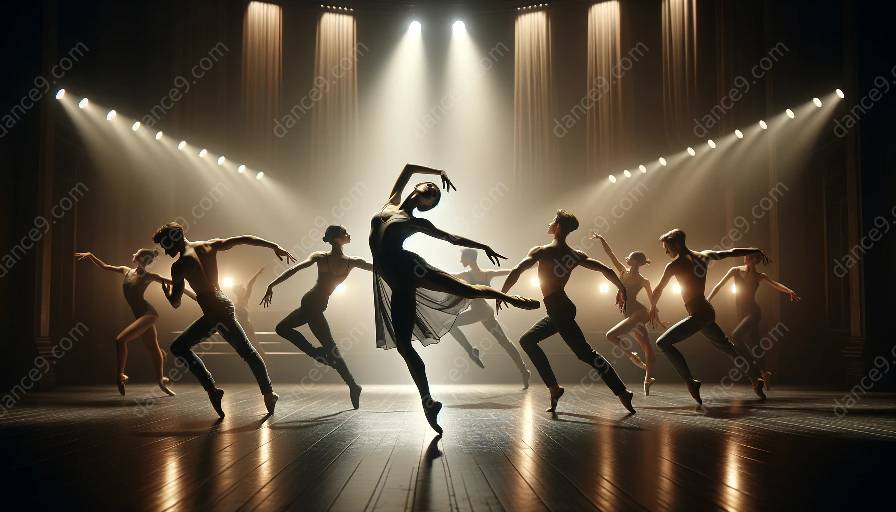Contemporary dance has evolved to incorporate elements from traditional dance forms, creating a rich tapestry of movement and expression. In this comprehensive guide, we explore the seamless integration of contemporary dance with traditional styles and discover how the two complement each other in dance classes.
The Evolution of Contemporary Dance
Contemporary dance emerged as a rebellion against the rigid structure of traditional ballet and the formalized movements of other classical dance styles. It sought to break free from the constraints of tradition and embrace a more fluid, expressive form of movement. With its emphasis on individual creativity and personal interpretation, contemporary dance opened the door to a wide range of influences, including traditional dance forms.
Exploring Traditional Dance Forms
Traditional dance forms, deeply rooted in cultural heritage and history, carry with them a sense of tradition, storytelling, and community. From the vibrant movements of African dance to the graceful gestures of Indian classical dance, each traditional form holds a unique significance and symbolism.
Merging Movement Vocabularies
One of the most compelling aspects of contemporary dance is its ability to merge movement vocabularies from traditional dance forms. Dancers and choreographers often draw inspiration from traditional techniques, gestures, and cultural motifs, seamlessly incorporating them into contemporary choreography. This fusion creates a dynamic and inclusive dance language that celebrates diversity and cultural exchange.
Embracing Cultural Diversity
Contemporary dance provides a platform for artists to explore and celebrate cultural diversity through movement. By integrating traditional dance forms, contemporary dance not only pays homage to the rich tapestry of global dance traditions but also fosters an environment of cross-cultural understanding and appreciation.
Mutual Influence in Dance Classes
Within dance classes, the integration of contemporary and traditional dance forms offers students the opportunity to expand their movement vocabulary and deepen their understanding of cultural diversity. It encourages dancers to be versatile in their expression and provides a holistic approach to dance education that respects both tradition and innovation.
Conclusion
Contemporary dance has seamlessly integrated with traditional dance forms, creating a vibrant and evolving dance landscape that thrives on diversity and artistic expression. By embracing the rich heritage of traditional dance and incorporating it into contemporary practice, dancers have expanded their creative horizons and enriched the dance world with a harmonious fusion of tradition and innovation.













































































